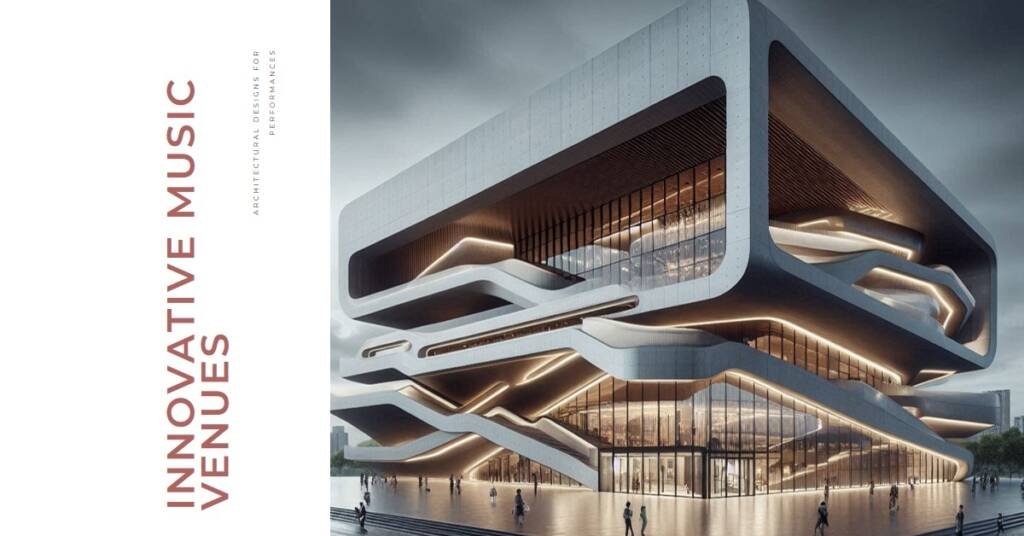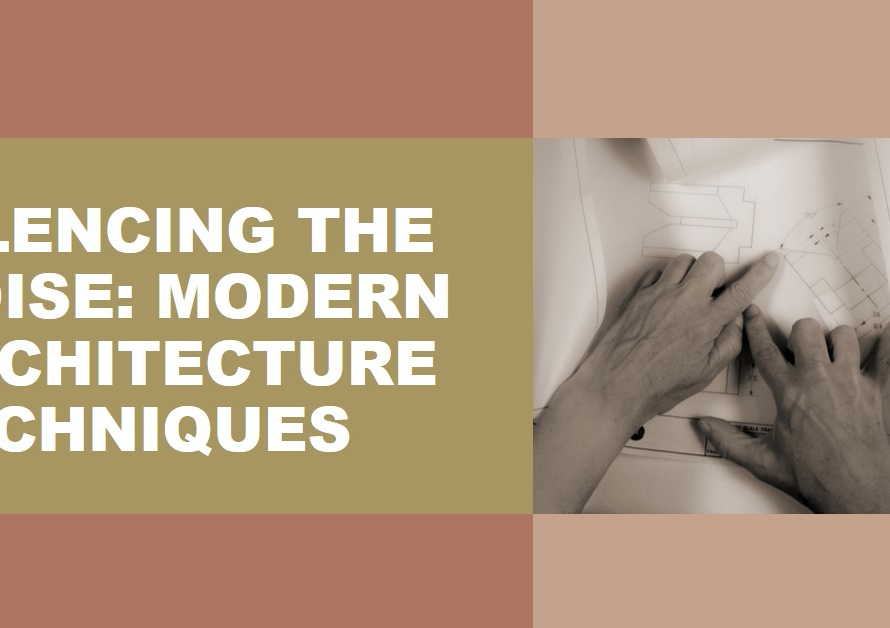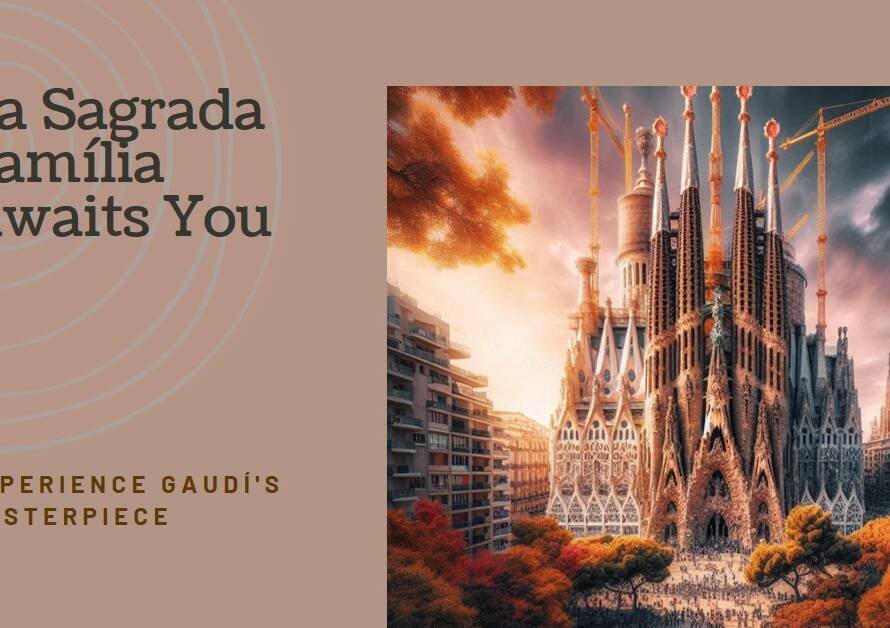
Table of Contents
- Introduction to Music Venue Design
- The Role of Acoustics in Venue Design
- Incorporating Technology in Design
- Creating Multifunctional Spaces
- Sustainability in Music Venue Architecture
- Case Studies of Innovative Venues
- User-Centric Design: Audience Experience and Engagement
- The Future of Music Venue Design
- Conclusion: The Impact of Design on Music Culture
Introduction to Music Venue Design
Music venue design plays a pivotal role in shaping the experiences of audiences and performers alike. As the landscape of live music continues to evolve, architects and designers face an increasing demand to create spaces that not only look appealing but also function optimally for various musical genres and audience sizes. The integration of innovative architectural concepts has transformed traditional spaces into immersive environments, enhancing the overall atmosphere of performances.
One of the key challenges in designing music venues is achieving a balance between aesthetics, functionality, and acoustics. The visual appeal of a venue can significantly influence audience perception and engagement, which can lead to more memorable experiences. At the same time, acoustics play a critical role in ensuring that sound quality meets the high expectations of both artists and attendees. Architects must carefully consider materials, shapes, and layouts to optimize sound distribution while creating a visually stunning space.
A well-designed venue can accommodate a range of musical genres, from intimate acoustic performances to large-scale electric concerts. This versatility allows for an inclusive experience, catering to diverse audiences and enabling artists to connect with their fans. Additionally, factors such as sightlines, seating configurations, and audience flow must be examined to create a seamless experience from entry to exit. As architectural trends continue to shift toward sustainability and technological integration, architects have more options than ever to devise innovative designs that enhance both the enjoyment of patrons and the performance of artists.
In conclusion, the significance of music venue design cannot be overstated. It is essential for fostering a vibrant music culture and elevating the overall concert experience. By leveraging architectural innovations, designers can craft memorable spaces that resonate with musicians and audiences, ultimately contributing to the enjoyment and success of live performances.
The Role of Acoustics in Venue Design
Acoustics play a pivotal role in shaping the performance experience within music venues. Sound quality is not merely an afterthought; it is a fundamental aspect that significantly influences how performances are perceived by audiences. The interaction of sound waves with the venue’s architecture is essential for delivering clear and immersive auditory experiences. For venue designers, understanding acoustics means tailoring spaces to enhance sound distribution and minimize undesirable acoustic issues.
One of the key strategies in acoustic design involves managing sound reflection. This encompasses the careful placement of walls, ceilings, and floors, which collectively determine how sound waves travel through a space. Curved surfaces, for example, can be utilized to direct sound toward the audience, amplifying the impact of musical performances. Furthermore, strategically positioned reflective surfaces can enhance vocal clarity and musical detail, creating an engaging atmosphere for listeners.
In addition to sound reflection, the use of absorption materials is critical in controlling acoustics. These materials help to minimize excessive reverberation and background noise, which can detract from the overall listening experience. Common materials, such as acoustic panels, carpets, and specially designed seating, can be employed to absorb sound waves, ensuring that the audience hears the intended levels of clarity and balance. The choice of these materials must be carefully considered to maintain the aesthetic appeal of the venue while enhancing its acoustic performance.
The shape of a venue is also significant in acoustic design. For example, traditional theatres often features proscenium arches and varying ceiling heights which maximize sound projection. Modern venues, meanwhile, may adopt modular designs with flexible configurations to optimize sound based on the type of performance. Ultimately, effective acoustical design integrates these strategies into a cohesive architecture that not only fosters exceptional auditory experiences but also contributes to the overall ambiance of live music performances.
Incorporating Technology in Design
In the evolving landscape of music venues, the integration of modern technology has become a cornerstone of architectural innovation. A well-designed venue not only focuses on aesthetics but must also incorporate advanced technologies that enhance the overall performance experience for both artists and audiences. Central to this technological advancement is the implementation of sophisticated sound systems. High-fidelity audio equipment, including line array speakers and subwoofers, enables venues to achieve optimal sound clarity and distribution, ensuring that every note resonates perfectly across the space.
Lighting design plays an equally critical role in creating an immersive atmosphere within music venues. The use of programmable LED lighting systems allows for dynamic adjustments that can enhance the mood of a performance. With the capability to synchronize with the music, these lights can transform the energy of a concert, providing visual stimulation that complements the auditory experience. Additionally, many venues are now incorporating video displays and projections, which can serve as a canvas for visual storytelling during performances. This integration of video technology acts as a powerful medium to engage audiences and elevate live shows to new heights.
Moreover, smart venue management systems are becoming prevalent, offering innovative solutions for operational efficiency. These systems utilize real-time data to streamline venue management tasks, from ticketing to crowd control. By monitoring factors such as energy usage and audience flow, these technologies can also promote energy efficiency, thus aligning with sustainability goals. Ultimately, the incorporation of technology in music venue design not only enriches the performance experience but also represents a commitment to creating adaptable, forward-thinking spaces that respond to the needs of both performers and attendees.
Creating Multifunctional Spaces
In recent years, there has been a noticeable shift in the architectural design of music venues, emphasizing the importance of multifunctional spaces. This trend recognizes that contemporary performance venues are expected to accommodate not just concerts but a diverse array of events, including festivals, corporate gatherings, and community-oriented activities. As a result, architects and designers are focusing on creating adaptable environments that offer flexibility in both layout and function.
One of the core principles of multifunctional design is the ability to modify the configuration of a space quickly and efficiently. For instance, stages can be designed to be movable, allowing for various setups depending on the type of event being hosted. Seating arrangements can be modular, enabling venues to shift from an intimate concert setting to a large-scale festival atmosphere with ease. This flexibility not only maximizes the potential usage of a venue but also creates a more engaging experience for attendees, as the space dynamically evolves to meet the specific needs of each event.
Furthermore, the integration of technology plays a crucial role in enhancing the adaptability of multifunctional venues. With advanced sound and lighting systems, these spaces can seamlessly transition between different types of performances and events. For example, a venue that originally hosts live music can readily accommodate corporate presentations, multimedia events, and even social gatherings, all while maintaining high-quality production standards. This versatility attracts a broader audience and supports the operational sustainability of the venue.
Ultimately, the architectural innovations driving multifunctional music venues reflect a growing understanding of the diverse cultural engagements that modern communities seek. By fostering flexible and adaptable spaces, architects can ensure that music venues are not just places for performances but also vibrant hubs for various social interactions and creative expressions.
Sustainability in Music Venue Architecture
In recent years, the integration of sustainability into the design of music venues has become a paramount consideration for architects and designers alike. Emphasizing eco-friendly materials is one of the primary approaches taken to reduce the environmental footprint of these spaces. For instance, utilizing sustainably sourced wood, recycled steel, and low-VOC (volatile organic compounds) paints not only helps reduce waste but also fosters a healthier indoor environment for audiences and performers. By selecting materials that minimize environmental impact, architects ensure that music venues become models of sustainable construction.
Additionally, energy-efficient systems play a crucial role in the sustainability of music venues. Employing technologies such as LED lighting and high-efficiency HVAC (heating, ventilation, and air conditioning) systems can significantly lower energy consumption during performances. For instance, the introduction of smart meters and automated systems allows venues to monitor and manage energy use in real-time, optimizing efficiency without compromising the quality of the audience experience. Furthermore, many modern venues integrate renewable energy sources, such as solar panels or wind turbines, to offset energy consumption, aligning their operations with broader sustainability goals.
Innovative designs also contribute to reducing the environmental impact of music venues. Architects are increasingly considering natural ventilation, green roofs, and water-efficient landscaping when conceptualizing new projects. These elements not only enhance the aesthetic appeal of a venue but also improve air quality and reduce water usage. A noteworthy example is the Sydney Opera House, which incorporates passive design strategies to minimize energy reliance. Such designs are not merely aesthetically pleasing; they set new benchmarks within the industry for responsible architecture.
In conclusion, the commitment to sustainability in music venue architecture marks a transformative shift within the industry. By prioritizing eco-friendly materials, energy-efficient systems, and innovative designs, architects are not only creating unforgettable performance spaces but are also contributing to a more sustainable future.
Case Studies of Innovative Venues
Examining the architectural innovations of music venues can provide valuable insights into how design choices impact the overall experience for both artists and audiences. One notable example is the Elbphilharmonie in Hamburg, Germany. This concert hall features a striking glass structure perched atop an old warehouse, creating a harmonious blend of historical and modern architecture. The building’s wave-like roof not only serves as a visual landmark but also enhances acoustic performance, allowing sound to resonate perfectly throughout the hall. The design philosophy behind the Elbphilharmonie focuses on community engagement, as it offers a public plaza with stunning views of the city, inviting the public to partake in the cultural experience.
Another exemplary venue is the Royal Albert Hall in London, known for its distinctive circular shape and iconic glass-and-iron dome. This historic site combines innovative technological advancements with traditional architecture, delivering an exceptional auditory experience. The venue’s unique acoustic design incorporates a system of curved surfaces that help project sound evenly throughout the auditorium. Furthermore, the incorporation of modern technology allows for diverse performances ranging from classical to contemporary music disciplines, ensuring that the venue remains relevant and engaging for various audiences.
On the other side of the globe, the Sydney Opera House showcases architectural prowess through its shell-like design, which is both functional and symbolic. This cultural icon serves as a prime example of how form and function can unite to create a venue that resonates with its environment. The innovative use of space allows for a variety of performances across its multiple theaters, while the venue’s connectivity to the harbor emphasizes its role as a social hub in the community.
These case studies illustrate how thoughtful architectural innovations in music venues can greatly enhance the performance experience, strengthen community connections, and foster a lasting appreciation for the arts.
User-Centric Design: Audience Experience and Engagement
User-centric design plays a pivotal role in shaping the concert-going experience within music venues. By prioritizing the audience’s perspective, architects and venue planners can create spaces that not only enhance enjoyment but also foster a deep connection between performers and spectators. One essential aspect of user-centric design is optimizing sightlines throughout the venue. Ensuring unobstructed views of the stage from various sections is crucial for maximizing audience engagement, allowing attendees to fully immerse themselves in the performance.
In addition to sightlines, comfort is a vital consideration in user-centric design. Comfortable seating arrangements, adequate legroom, and proper temperature control contribute significantly to the overall experience. When audiences feel physically at ease, they are more likely to engage with the performance, encouraging a lively atmosphere that benefits both performers and patrons alike. Integrating ergonomic furniture and adjustable seating can greatly enhance this experience, catering to diverse audience needs.
Furthermore, accessibility is a critical component of user-centric venue design. Music venues should cater to all individuals, including those with disabilities. Featuring ramps, tactile navigation systems, and designated seating allows a wider audience to participate in events, creating an inclusive environment. This consideration not only fulfills legal requirements but also broadens the potential fan base, demonstrating an understanding of the diverse population that embraces live music.
Lastly, the overall ambiance of a venue can greatly influence audience engagement. The use of appropriate lighting, acoustics, and interior design creates an inviting atmosphere that contributes to the emotional response of attendees. Innovative architectural features, such as sound-reflecting materials and ambient lighting, can amplify this effect, enhancing the connection between the audience and the performers. By focusing on these critical elements of user-centric design, music venues can ensure unforgettable performances that resonate with audiences long after the final note has played.
The Future of Music Venue Design
The future of music venue design is poised for remarkable transformations, driven by technological advancements and changing audience expectations. As artists and audiences alike seek enriching experiences, venues will increasingly incorporate innovations such as virtual reality (VR) and augmented reality (AR) into their designs. These technologies hold the potential to redefine how live performances are experienced, allowing for interactive and immersive environments that engage audiences in unprecedented ways.
For instance, VR could offer attendees a unique perspective by creating virtual access to performances from the comfort of their homes, while still fostering community through virtual meet-ups. On the other hand, AR may enhance live performances, overlaying digital elements onto the real world through smart devices. This integration not only elevates the aesthetics of a performance but also contributes to a more engaging and memorable atmosphere.
The expectation of audiences is evolving, with a growing demand for personalized experiences that cater to their preferences. Future venues are likely to embrace flexible designs adaptable to various musical genres and audience configurations. This could include modular spaces that can be reconfigured for intimate gatherings or large-scale events, ensuring that the venue remains versatile and appealing across different contexts.
Furthermore, as societal values shift towards sustainability, eco-friendly practices will become essential in music venue design. This includes utilizing energy-efficient systems, sustainable materials, and waste reduction strategies that resonate with environmentally conscious audiences. The combination of technological innovations and sustainable practices will not only improve the aesthetic and functional aspects of venues but also enhance the overall experience for patrons.
Ultimately, the evolution of music venue design will reflect broader cultural changes. As music continues to intersect with diverse art forms and communal experiences, the venues of the future will embody these dynamic relationships, ensuring unforgettable performances emerge from thoughtfully designed spaces.


Conclusion: The Impact of Design on Music Culture
In the realm of music, architectural design plays an integral role in shaping not only the performance experience but also the cultural significance of music venues within communities. Innovative designs provide unique auditory experiences that enhance sound quality, acoustics, and overall atmosphere, thereby allowing artists to connect more deeply with their audiences. The thoughtful integration of elements such as seating arrangement, stage positioning, and material selection can transform a simple gathering space into a vibrant hub of cultural exchange, reflecting the local identity and community spirit.
Moreover, the design of music venues influences our collective experience of live performances. For instance, iconic structures establish a sense of place, serving as landmarks in the urban landscape. These venues often become cultural symbols, preserving the legacy of local music traditions while fostering new artistic expressions. This interplay between architecture and music encourages community engagement and participation, as inhabitants feel a strengthened bond with a space that celebrates their cultural heritage through performance.
Furthermore, advancements in architectural technology allow for progressive designs that can accommodate diverse performance genres and larger audiences. As architects and designers continue to prioritize versatility and sustainability in their projects, the role of music venues expands beyond mere entertainment spaces—they become platforms for social interaction, education, and cultural enrichment. In essence, the physical characteristics of a music venue directly impact both the audience’s experience and the musicians’ expression, contributing significantly to the evolution of music culture.
Ultimately, the ongoing relationship between architecture and the music industry highlights the importance of innovative design in shaping how we experience music. As communities continue to advocate for thoughtful venues that enhance live performances, the synergy between design and music will undoubtedly foster a more vibrant cultural landscape.



